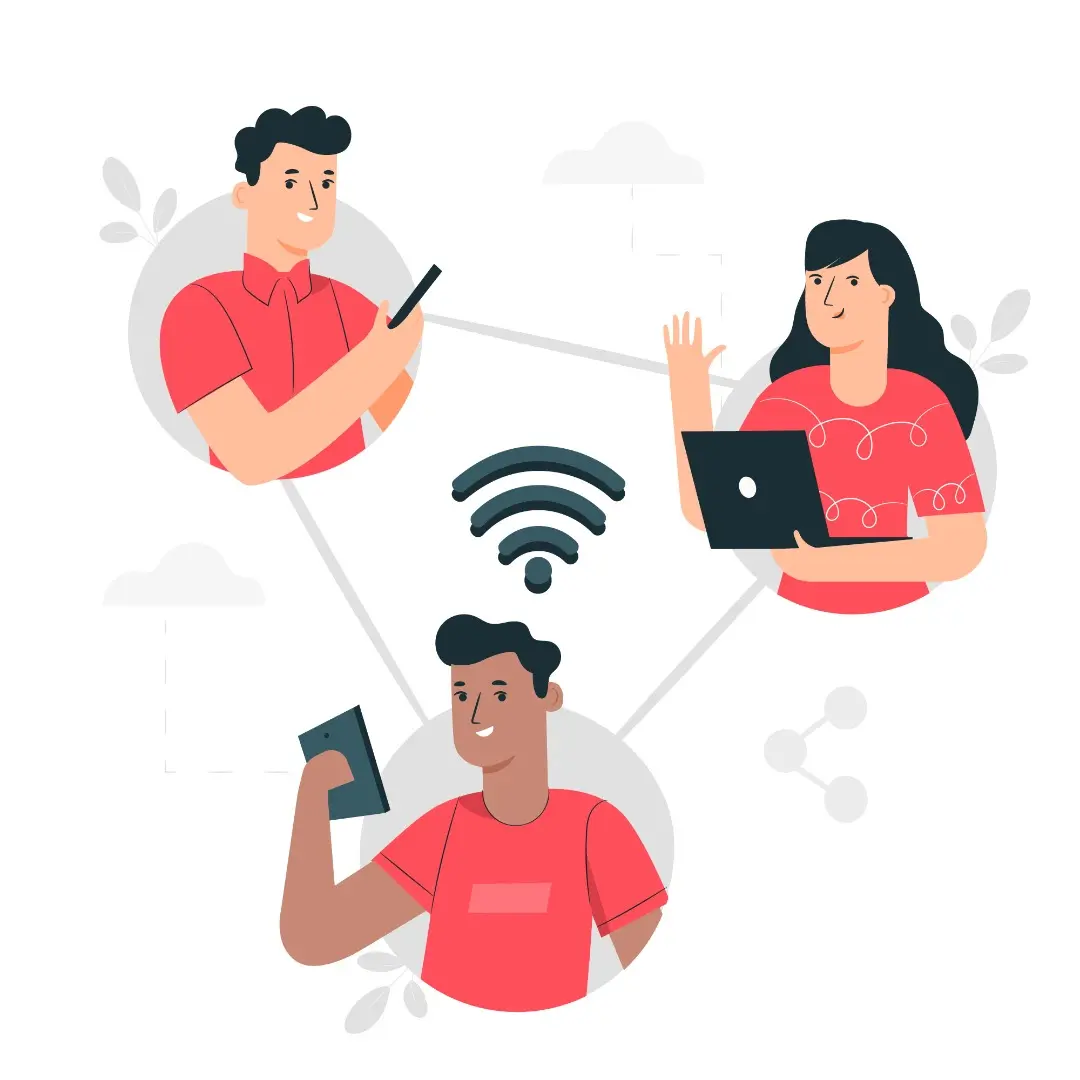
E-learning has become an integral part of formal education systems worldwide. With advancements in information and communication technology, this learning method offers various benefits and challenges that need to be understood by educators, students, and parents. This article will discuss the impact of e-learning on formal education, including its benefits, challenges, and future prospects.
1. Definition of E-Learning
E-learning is the process of learning that utilizes digital technology to deliver educational content. This can include online courses, instructional videos, discussion forums, and various other interactive tools. E-learning allows students to learn anytime and anywhere, as long as they have internet access.
Recommended posts
2. Benefits of E-Learning
E-learning offers significant benefits for formal education, including:
Accessibility: E-learning enables students from diverse backgrounds to access educational materials without geographical limitations. This is particularly beneficial for students in remote areas who may not have access to quality schools.
Flexibility: Students can learn at their own pace and schedule. This allows them to tailor their learning to fit personal commitments and other responsibilities.
Diverse Learning Resources: E-learning provides access to a variety of learning resources, including videos, articles, and interactive quizzes. This helps students understand the material in a more engaging and effective way.
Cost Savings: With e-learning, transportation and accommodation costs can be minimized. Additionally, many online courses are available for free or at a lower cost compared to traditional education.
Enhanced Technology Skills: E-learning encourages students to develop essential technology skills in today’s digital age. These skills are highly valuable in a workforce that increasingly relies on technology.
3. Challenges of E-Learning
Despite its many benefits, e-learning also presents several challenges that need to be addressed:
Limited Internet Access: Not all students have adequate access to the internet or technological devices. This can create disparities in education, especially in underdeveloped areas.
Lack of Social Interaction: Online learning can reduce social interaction between students and teachers, as well as among students. This interaction is important for the development of social and emotional skills.
Motivation and Self-Discipline: E-learning requires a high level of motivation and self-discipline from students. Without direct supervision, some students may struggle to stay focused and complete assignments.
Quality of Content: Not all e-learning materials are of the same quality. It is essential for educators to ensure that the content used is accurate, relevant, and aligned with the curriculum.
4. Impact of E-Learning on Teaching Methods
E-learning has transformed the way educators teach. Some of the impacts include:
Use of Technology in Teaching: More interactive and technology-based teaching approaches have become common. Teachers can now use tools such as video conferencing, multimedia presentations, and online learning platforms to deliver content.
Personalized Learning: E-learning allows educators to tailor the learning experience to meet individual student needs. Through data analysis, teachers can identify areas where students may require additional support.
Increased Student Engagement: By using interactive tools and multimedia content, e-learning can enhance student engagement in the learning process. Students are more likely to be involved when they can actively participate in their learning.
5. The Future of E-Learning in Formal Education
The future of e-learning in formal education looks promising. Some trends that may emerge in the future include:
Integration of Artificial Intelligence (AI): AI can be used to create more personalized and adaptive learning experiences. For example, AI-based learning systems can adjust materials based on student progress.
Hybrid Learning: A combination of online and face-to-face learning will become increasingly common. This model allows students to benefit from both learning methods.
Development of Interactive Content: More interactive and engaging learning content will continue to evolve. This includes the use of virtual reality (VR) and augmented reality (AR) to create more immersive learning experiences.
Focus on 21st Century Skills: E-learning will increasingly focus on developing skills relevant to today’s workforce, such as critical thinking, collaboration, and creativity.




